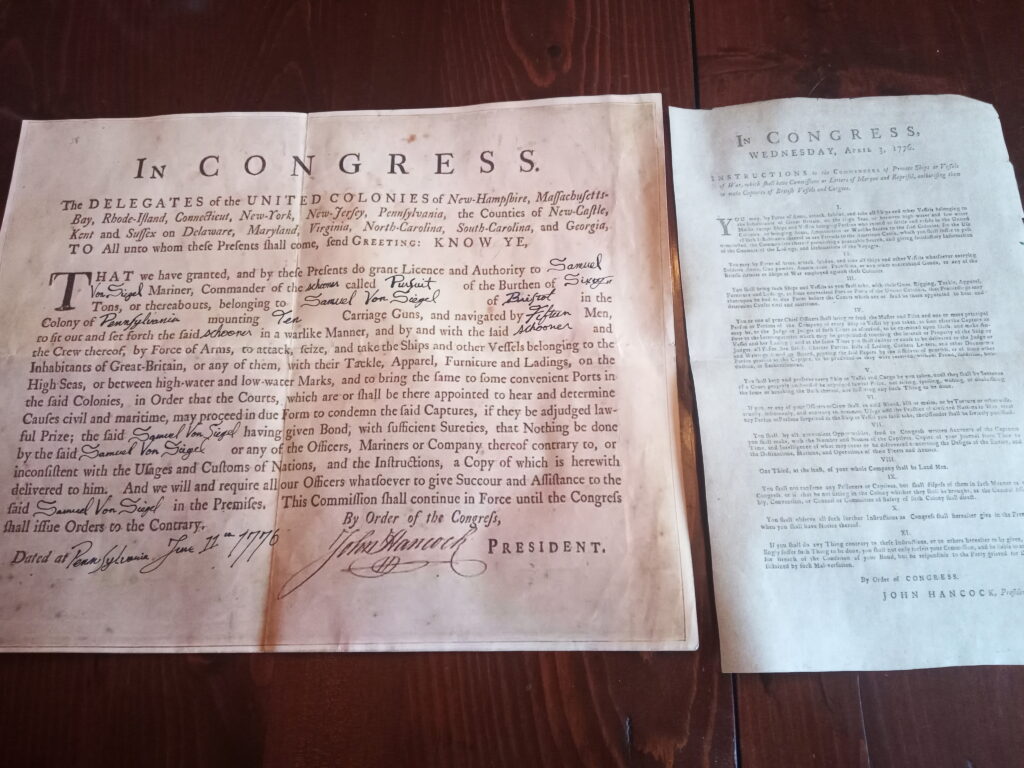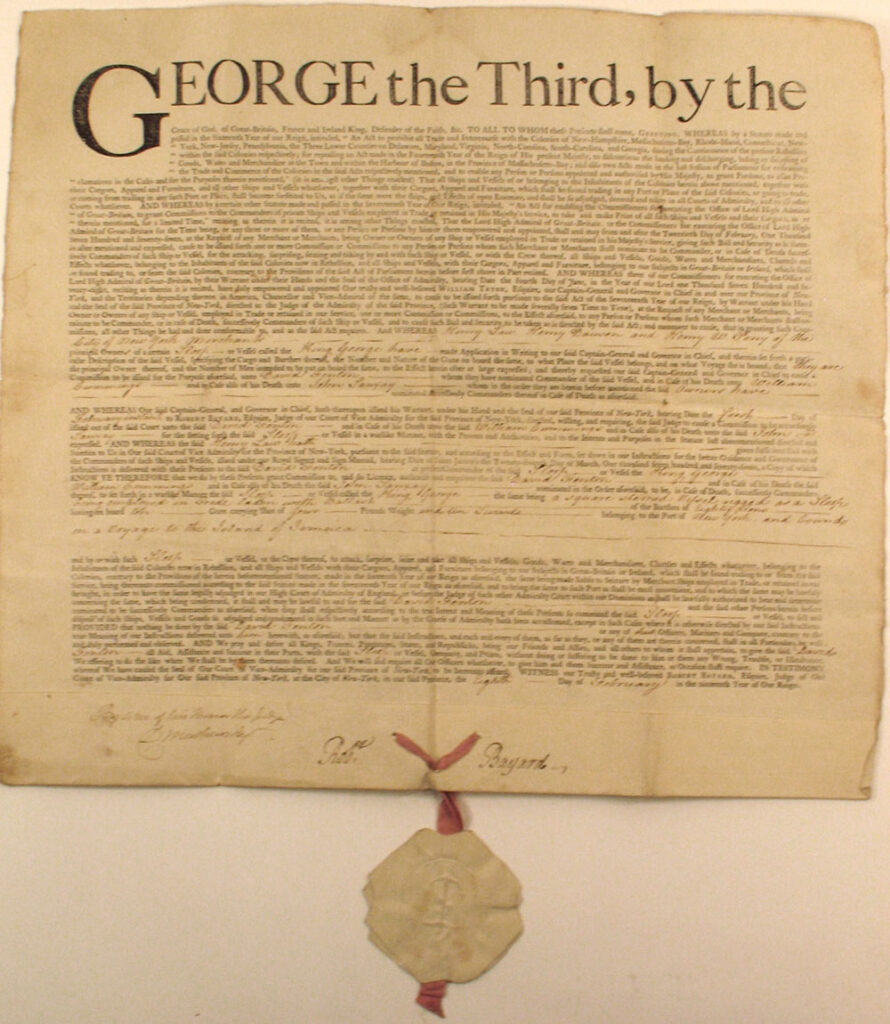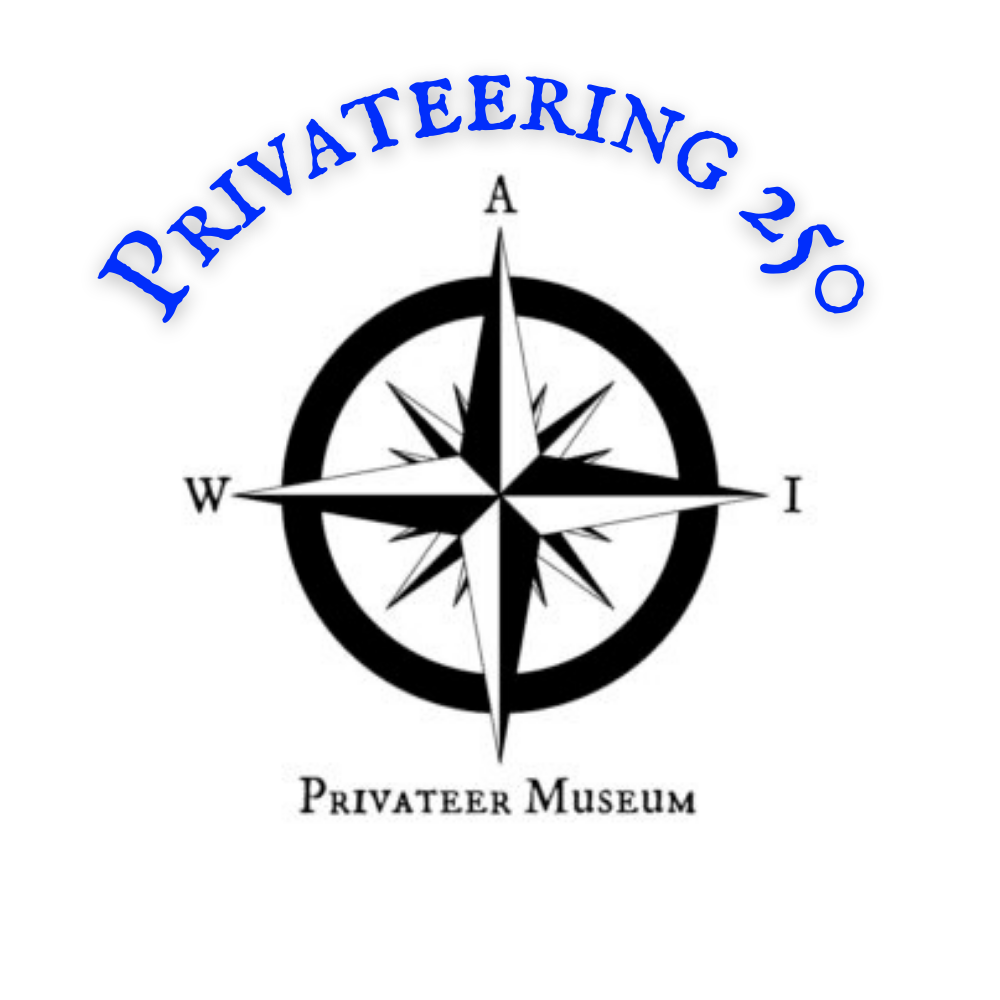Letter of Marque & Reprisal
and Letter of Instructions
From what we know about the letters of Marque, applications had to be filed with Congress, and once then a bond had to be put up to satisfy two things.
First, Congress needed money to pay for the war, and Second, Congress wanted to ensure that it was a high enough amount that Ship Owners and Captains wanted to get it back at the end of the war. So they paired it with the Letter of Instruction (a set of rules to adhere to while pirating the other side).
These two documents are what make the efforts of privateersmen legal. The average cost of these documents in 1776 was 2800 pounds (Sterling) or the equivalent of roughly $749,584.60 USD in today’s money (as of 7 August 2023).

The Letter of Marque spells out the details of the vessel and crew allowed to carry out such operations and must be signed by the owner or Captain of the vessel.
The Letter of Instruction is what acts as both rules of engagement and Congressional oversight. This particular document also states what behaviors will not be tolerated. Anyone in witness of Captain and crews of Privateers that disobey can be reported on and potentially lose their bond, ship, and freedom. So it was in their own best interests to follow the rules. The same was for both the Continental and British Privateers.
Here is an image of our Continental Letter of Marque and Reprisal along with the Letter of Instruction that was required to be kept together.


